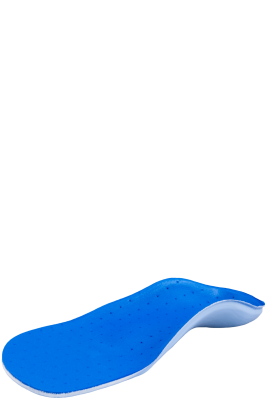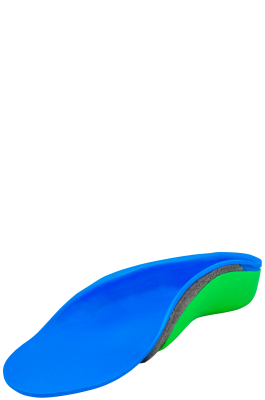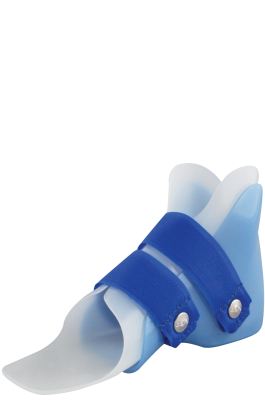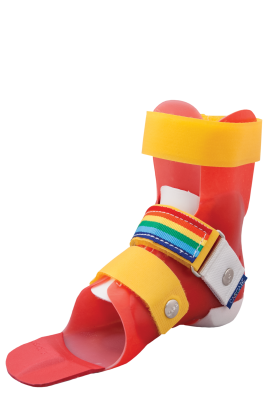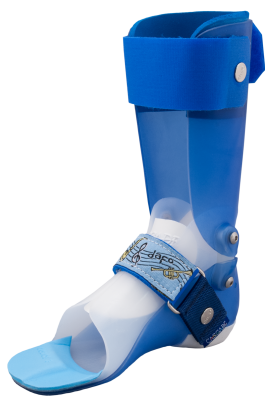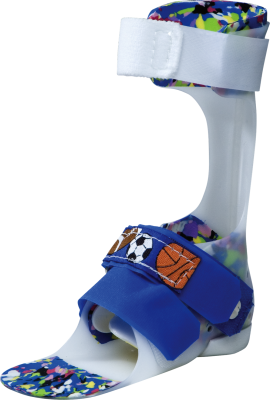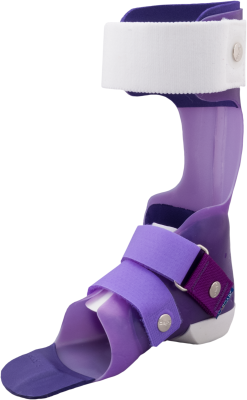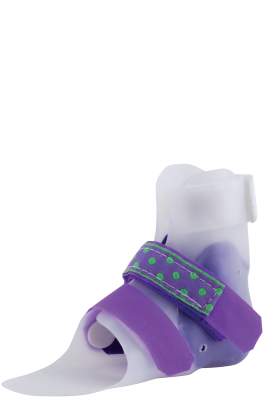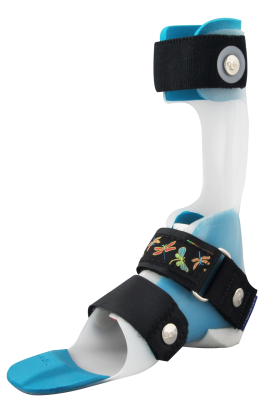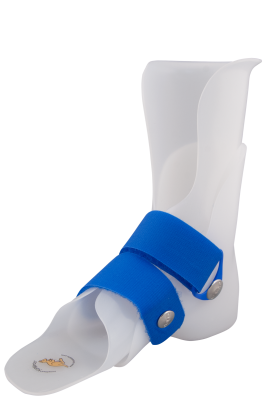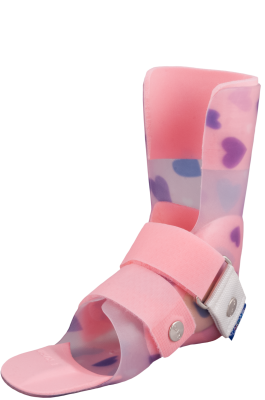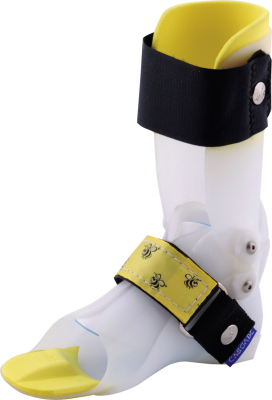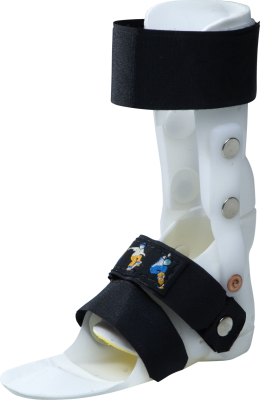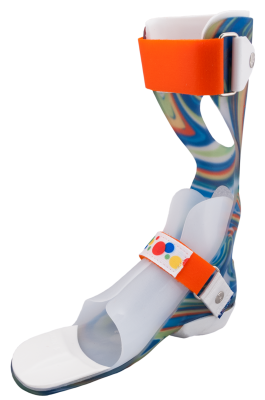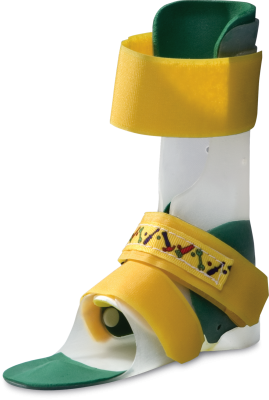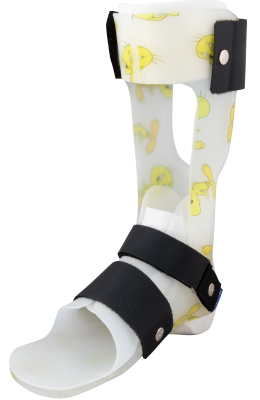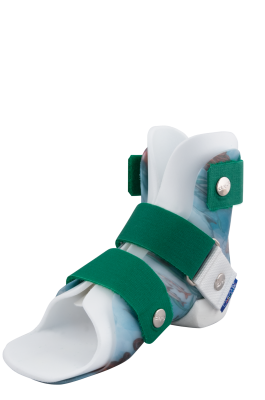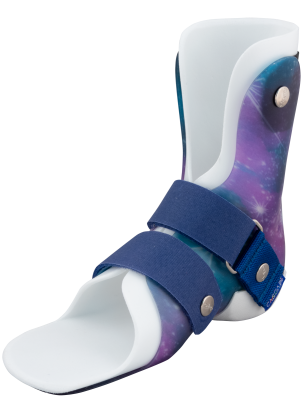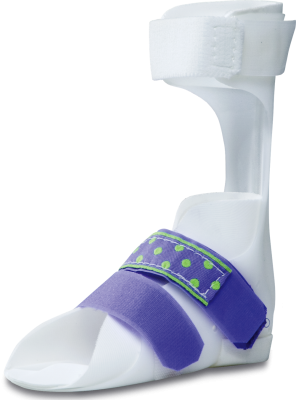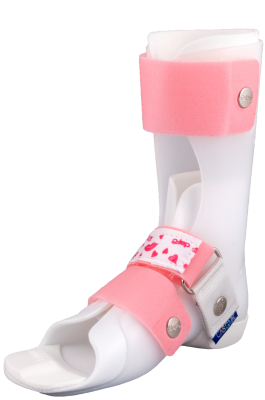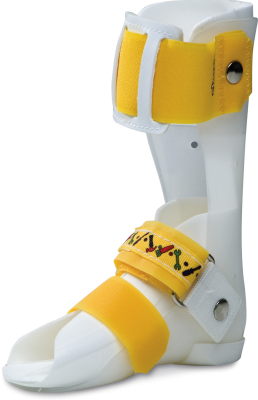The DAFO Guide to Brace Selection
We created The DAFO Guide to Brace Selection as a useful tool to match patient needs to available brace styles.
How to Use this Guide:
- 1. Find your patient group
- 2. Match the level of involvement
- 3. Choose a suggested brace style
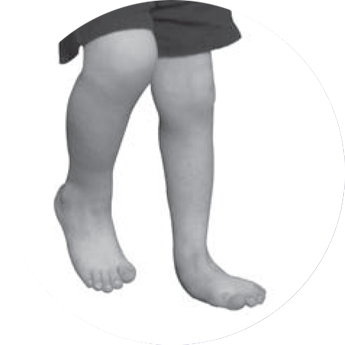
Low Tone Pronation
- Foot collapses and medial arch flattens
- Heel everts
- Forefoot abducts
- Low muscle tone allows for easy correction
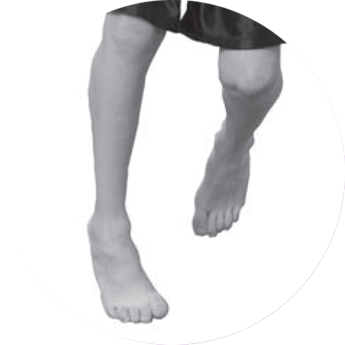
High Tone Pronation or Supination
- Pronation:
-
- Foot collapses and medial arch flattens
- Heel everts and forefoot abducts
- Supination:
-
- Foot bears weight on lateral side, high medial arch
- Heel inverts and forefoot adducts
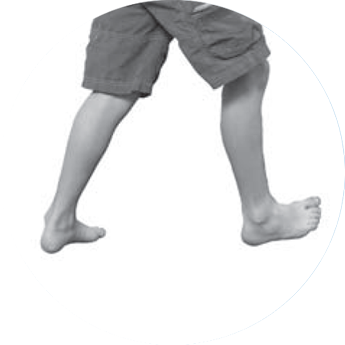
Swing Phase Inconsistency
- The foot tends to be toe down and slightly inverted as the leg is advancing through the air
- Ankle position is weak and not reliable
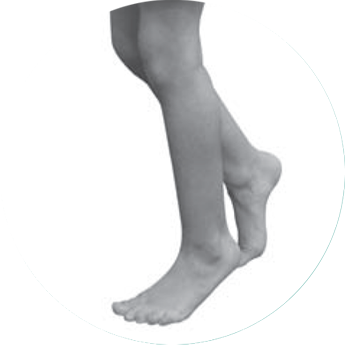
Excess Plantarflexion/Toe Walking
- Bears weight primarily on forefoot
- Toes point downward and heel does not touch ground when walking
- Excess muscle tone, range of motion, or habit results in toe walking
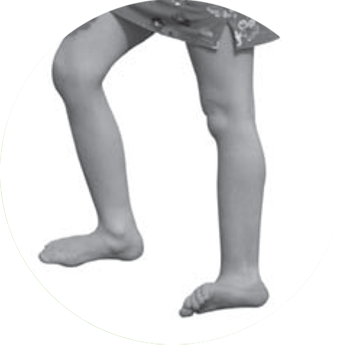
Knee Hyperextension
- Knee locks backwards into extension
- Excess muscle tone or weakness create knee hyperextension
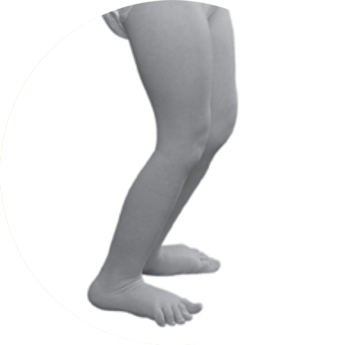
Excess Dorsiflexion/Crouching
- Knees, and sometimes hips, remain flexed when standing or walking
- Posture may be due to weakness or low muscle tone
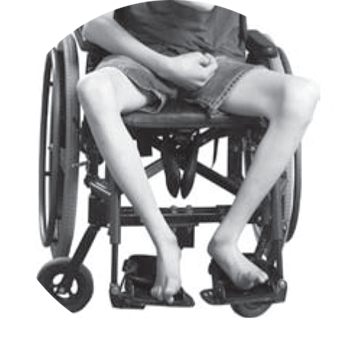
Positioning or Limited Ambulation
- Foot and ankle positions are uncomfortable and limit function
- Poor positions created by excess and unbalanced muscle tension
